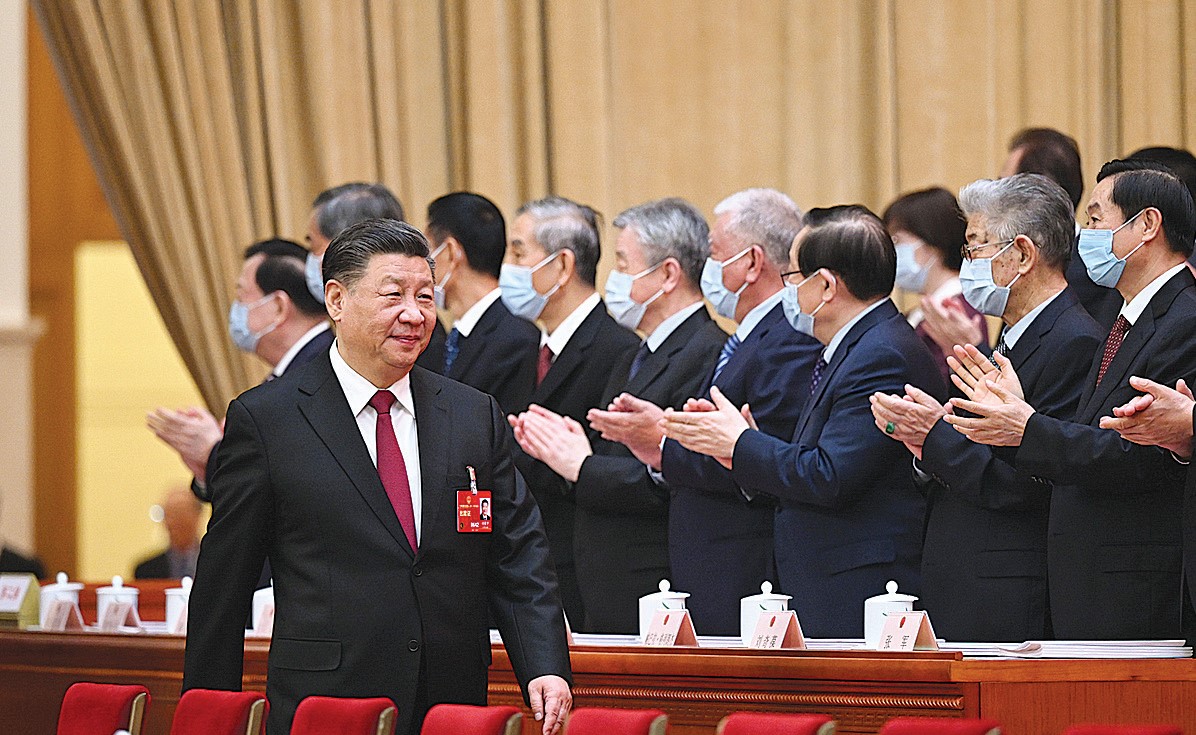Going beyond politics of food
Since 2006, the Malawi Government has been spending billions on an agricultural subsidy called the Affordable Inputs Programme (AIP, previously Farm Inputs Subsidy Programme (Fisp), but is the populist initiative bearing the desired yields? A recent study by agricultural economist Wisdom Mgomezulu, the acting director of research at Daeyang University, shines a light on the effectiveness of the politically pampered subsidy. Our News Analyst CLEMENT CHINOKO caught up with thesearcher. Excerpts:

Q
: What is the specific focus of the study?
A
: It examines the efficiency of smallholder farmers from the 2004/2005 growing season to 2021/2022. The idea was to review the efficiency levels of smallholder agriculture during the period the farmers have been getting input subsidies from the government. We reviewed all the studies conducted that assessed the technical, allocative and economic efficiency of smallholder agriculture.
Q
: What is the highlight of the study?
A
: Close to two decades have elapsed since the re-introduction of the input subsidies, nonetheless the smallholder farmer has remained inefficient despite the government spending incredibly vast amounts of taxpayers’ resources.
It should be noted that different scholars have compared the efficiency levels between large-scale and small-scale farms and found the former to be more efficient. Smallholders remain inefficient due to small land sizes and low levels of production, implying that the costs of production are spread over a small unit area. Additionally, it was noted that since production levels are low amid climate shocks, farmers end up running out of food a few months after harvesting. They end up benefiting from the free maize distribution and other programmes such as social cash transfers. As such, the circle of dependence or assistance never ends as farming still remains at subsistence level, with high levels of inefficiencies.
Q: What case are you building for the benefit of the country?
A
: We understand that the government’s goal is to improve crop production, food security and incomes among the smallholder farmers. Nonetheless, two decades after the reintroduction of the agricultural subsidy, food and nutrition security remains elusive. For instance, in 2017, about 37 percent of Malawian children aged below five were stunted, three percent who were wasting; 25 percent of women were classified as mildly anaemic, seven percent moderately anaemic and one percent severely anaemic. On top of that, 50.7 percent of the population remains in poverty despite more than 80 percent of the population being smallholder farmers.
To that extent, the study intended to answer an important question: How do we implement the input subsidies to increase the efficiency of smallholder farmers?
Q: Have subsidies been beneficial to the country?
A
: What is clear is that the benefits of the subsidies are not fully realised due to the implementation model of the programme. Findings show that smallholder farmers are inefficient, implying that the taxpayers’ resources have continuously been spent on an inefficient subsection of the society.
If the goal was to use the taxpayers’ money wisely or efficiently, then the government would have best allocated the more than 70 percent share of the agricultural subsidies budget to large-scale farms. However, equity goals remain as important as achieving efficiency in the use of public funds.
Agricultural economists have the obligation of ensuring that taxpayers’ resources are used in the most efficient manner. Nevertheless, the political economy will not allow that, as equity has to be attained in combination with efficiency. The findings revealed the presence of the economic principle of economies of scale as an inducement for farms to grow in size, thereby, achieving higher levels of efficiency. The study reviewed a number of models that can mimic the behavior of large farms. The models include contract farming and cooperatives.
Through our analysis, we find that these models, as much as they help improve the bargaining power of farmers and their access to markets, they still fail to improve the technical and allocative efficiency of farmers by lowering their costs at production level since production remains disjointed and aggregation only starts at marketing level. As such, we need a model that can start the aggregation process at production level.
The study proposes the contract farming and cooperative model to be embedded in a land consolidation model.
Q: So, how does the proposed land consolidation model work?
A
: In this model, the study proposes that smallholder farmers should come together by forming cooperatives and aggregate their small pieces of land to form one larger farm that operates as a single unit from production all the way to marketing.
The AIP can now distribute subsidised inputs to these cooperatives with consolidated crop fields of not less than 50 hectares. In this model, the same inputs distributed to inefficient smallholder farmers will be distributed to large-scale farms. The major difference is that now the same resources will be ultilised in their efficient state.
Q
: But how would this work?
A
: Different farmers have to come together and form a cooperative and all members will have an obligation to contribute equal shares of land they have under the cooperative. Obviously, we do not expect all land holdings to be the same. As such, the contributions and gains for individual farmers have to be different, and that has to come out clearly in the memorandum of understandings that are to be developed. The ownership rights will have to remain to the individual farmers. However, the right to use the land has to be transferred to the cooperative. Admarc can then secure contracts for the supply of inputs and the purchase of output before the growing season (contract farming). This can help farmers decide on how much to produce and the right mix of technologies to use in production of the commodities. What is however interesting from such a model is that not only will it reduce the cost of supplying inputs of production to farmers but will also make the smallholder farmer attain economies of scale.






One Comment